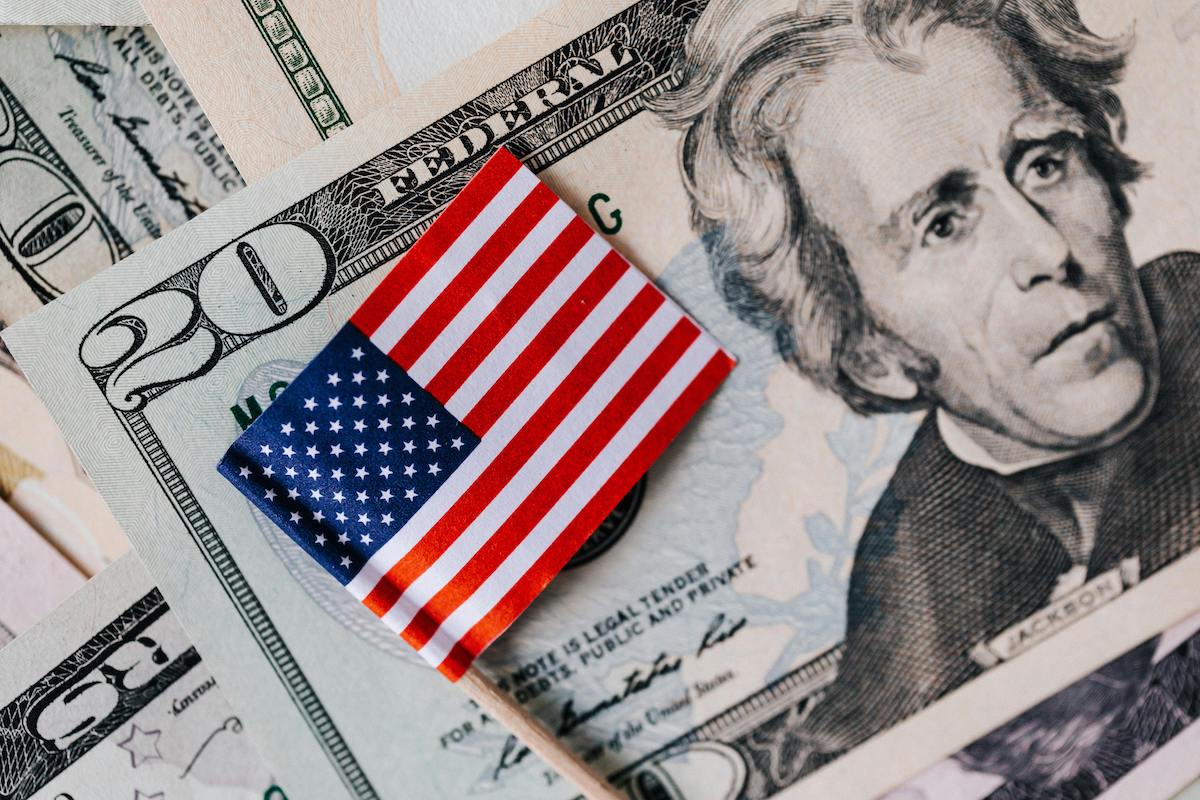As of 2024, five U.S. states—Alaska, Delaware, Montana, New Hampshire, and Oregon—remain as the states with no sales tax at the state level. Despite this, it’s important to note that some local areas within these states might still impose taxes such as excise taxes, income taxes, and taxes related to tourist activities.

Read: These Are the 10 Best States for Property Taxes – This Is Why
Understanding Sales Tax Regulations in the U.S.
Sales tax laws in the United States are not federally regulated. Allowing each state to determine its own base sales tax. Sales taxes are typically imposed on retail transactions and certain services. Even in states without a state sales tax, local governments may impose their own taxes.
For example, New York state has a base sales tax rate of 4%, but New York City adds additional taxes, bringing the total to 8.875%.
Detailed Overview of States With No Sales Tax
1. Alaska
Although Alaska does not have a state sales tax, local governments can levy taxes on specific goods and services. For instance, Juneau has a 5% sales tax, while Anchorage and Fairbanks do not impose any sales taxes. The average local tax rate across the state is approximately 1.76%.
2. Delaware
Instead of a sales tax, Delaware imposes a gross receipts tax on certain businesses. Additionally, Delaware uses excise taxes on goods like motor fuel and alcohol. The state also has relatively high corporate income taxes and additional taxes on specific distributors, which contribute to its zero sales tax policy.
3. Montana
Montana does not levy a state sales tax, but certain localities that attract many tourists impose a small sales tax, typically up to 3%. This tax, known as a resort and local option tax, supports infrastructure in tourist-heavy areas. Cities like Whitefish, Red Lodge, Big Sky, and West Yellowstone, which have populations under 5,500, are examples of such localities.
4. New Hampshire
New Hampshire has no state sales tax, but it does have an 8.5% tax on meals, room rentals, and car rentals. Additionally, a 10% timber tax is imposed when cutting wood, excluding personal use. While local governments cannot impose sales taxes, they do levy excise taxes on items like tobacco and electricity.
5. Oregon
Oregon maintains a zero state sales tax, but local governments may impose taxes on specific goods, such as tobacco and prepackaged alcoholic beverages. For instance, Ashland imposes a 5% tax on prepared foods. Oregon also has a high personal income tax but does not tax intangible properties like stocks and bonds.
States with the Highest Sales Tax
California has the highest state sales tax rate at 7.25%. Other states include Indiana, Mississippi, Rhode Island, and Tennessee, each with a 7% rate.
States with Lowest Sales Tax Rates
Eleven states have sales tax rates between 2% and 5%, including Alabama (4%), Colorado (2.9%), Georgia (4%), Hawaii (4%), Louisiana (4.45%), Missouri (4.23%), New York (4%), North Carolina (4.75%), Oklahoma (4.5%), South Dakota (4.5%), and Wyoming (4%).
States with the Highest Combined State and Local Sales Tax
States with the highest combined state and local sales tax include Alabama (9.25%), Arkansas (9.46%), Louisiana (9.55%), Tennessee (9.55%), and Oklahoma (8.98%).
Given that each state independently sets its own tax rates, there are significant variations across the country. States such as New York and California typically have higher sales tax rates, while states with no sales tax, like Delaware, Montana, and New Hampshire, can offer potential savings. Understanding these differences is crucial for managing your budget more effectively, especially when considering the total tax burden that also includes other taxes used to fund state services and infrastructure.
